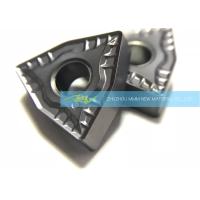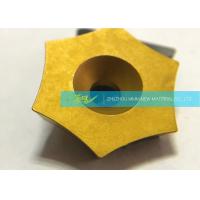Zhuzhou MMM New Material Co., Ltd.
Since inception, ZHUZHOU MMM NEW MATERIAL CO., LTD. is always targeted to be an excellent supplier of cutting tools. We continuously improve product performance, product quality
controls, company’s management and team building.
The company has a high quality and professional technical team
engaged in machinery industry for many years. On the basis of
giving full play to the advantages of its technical service
ability, we have been formed full range of products from blank to
product, primary to high precision and so on which are including
saw brazed tip, brazed tip, insert, CNC tool, tool system and solid
carbide etc. At the same time, we also have ability to provide
customers with customized cutting tools, design, customization and
OEM services according to the actual needs of customers.









